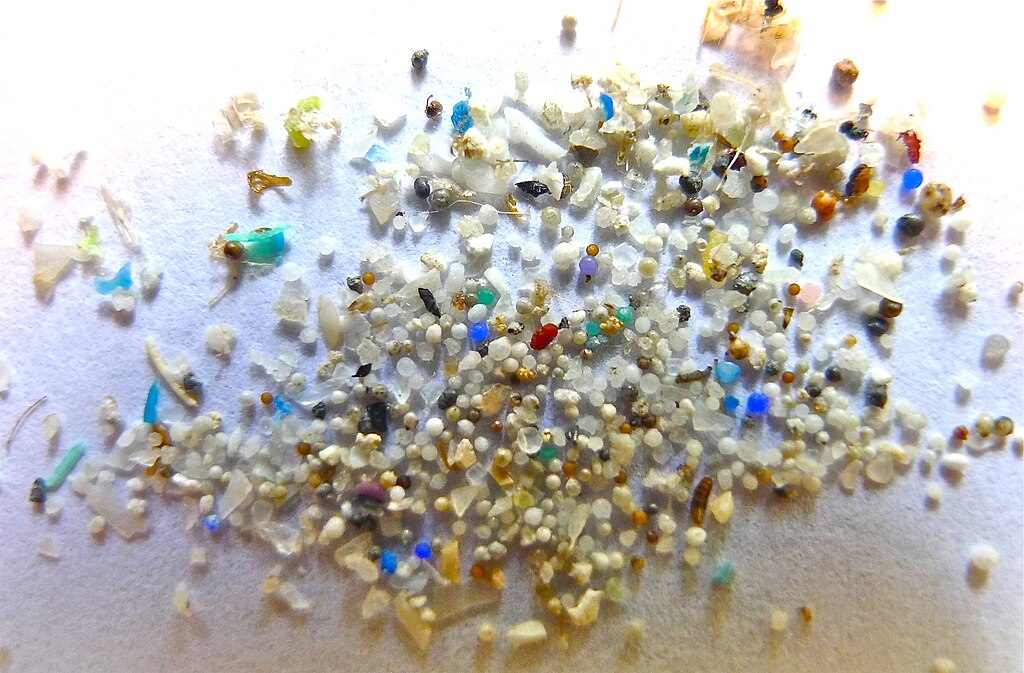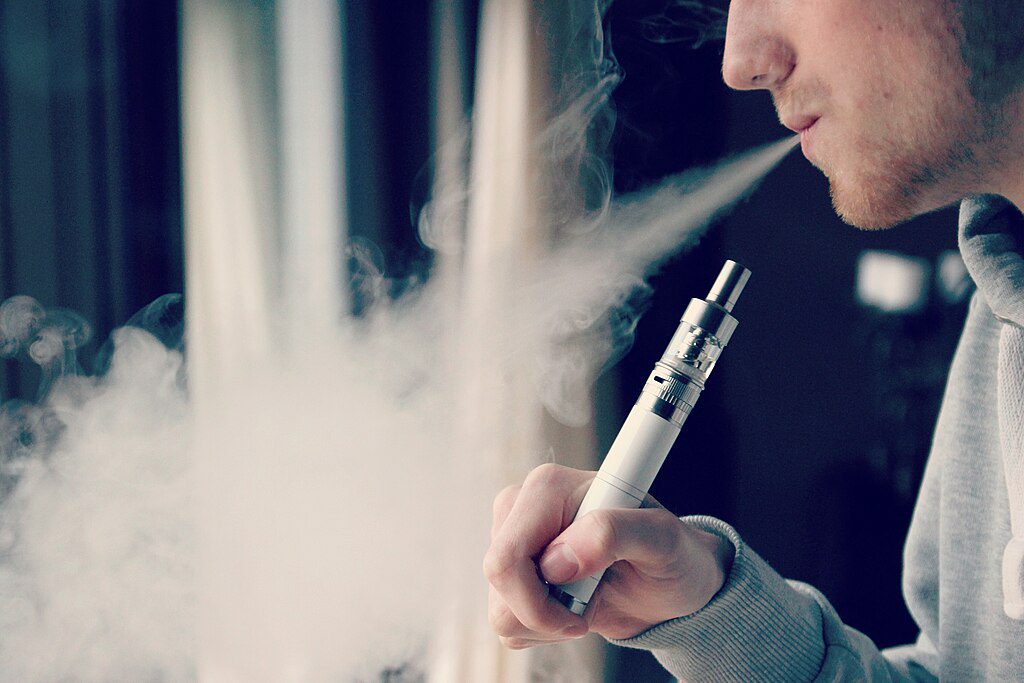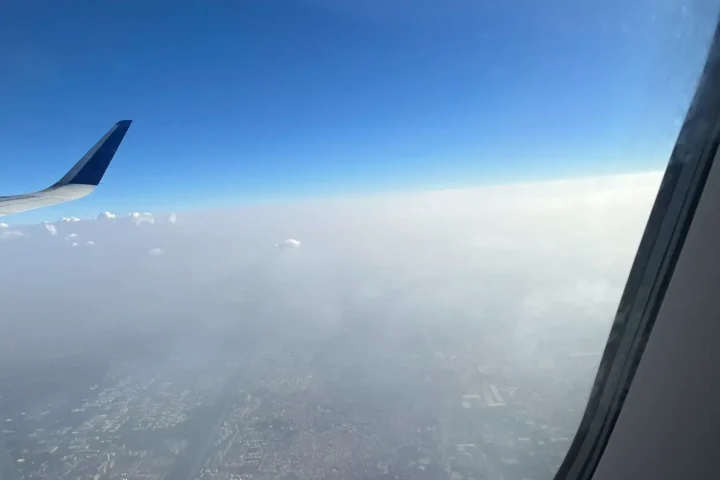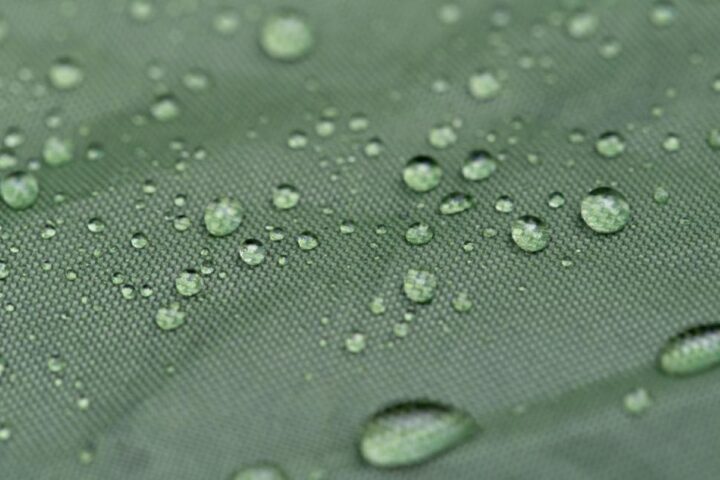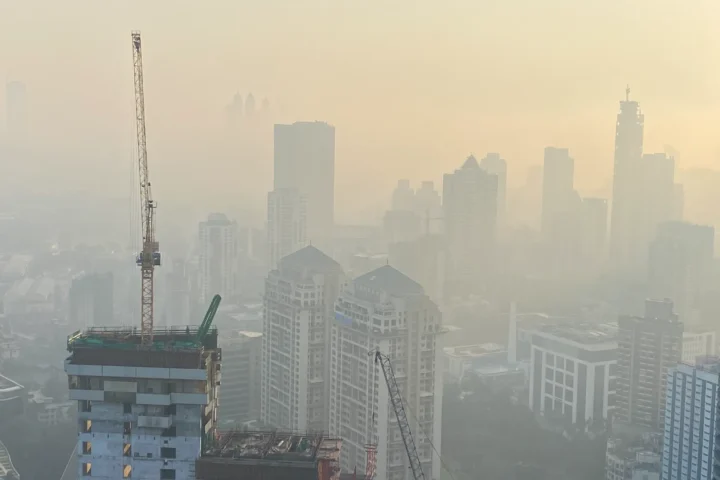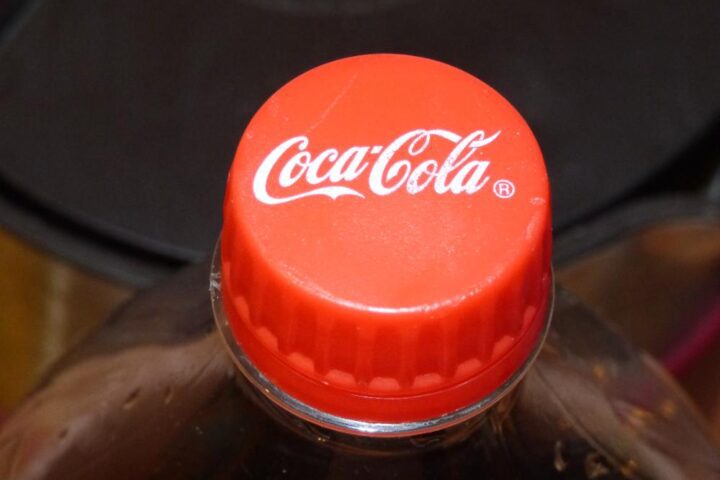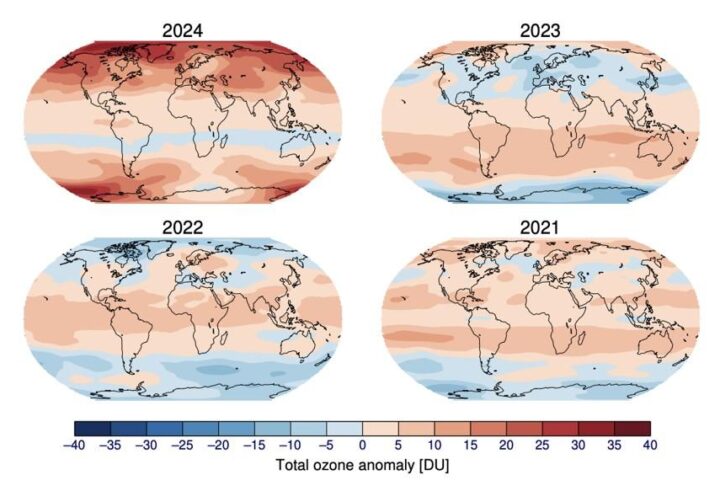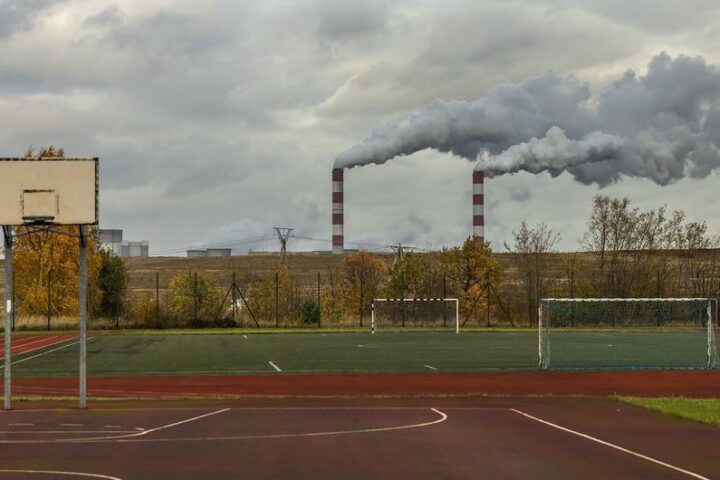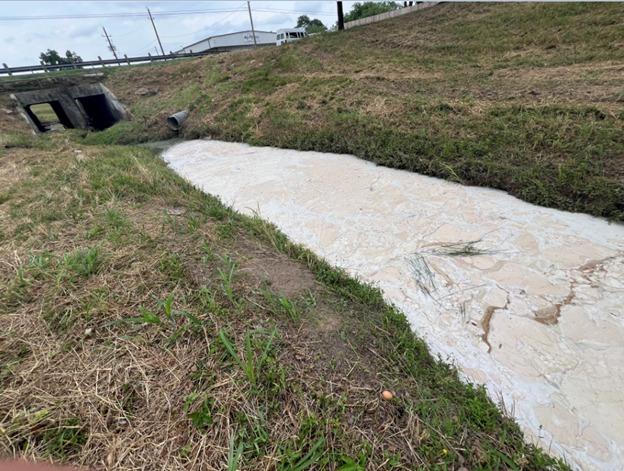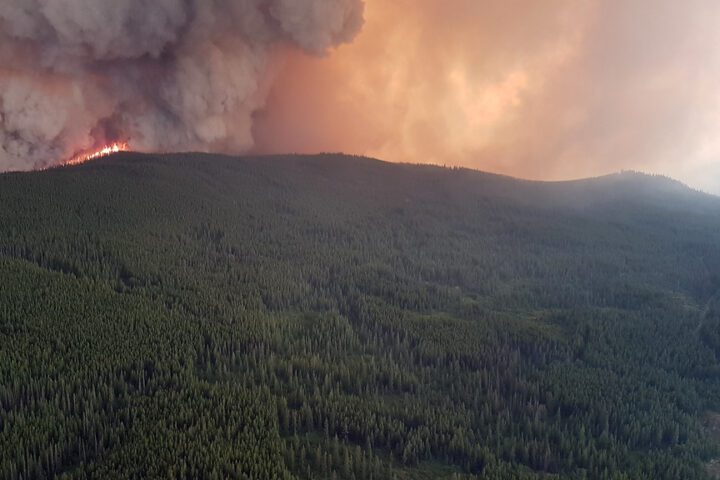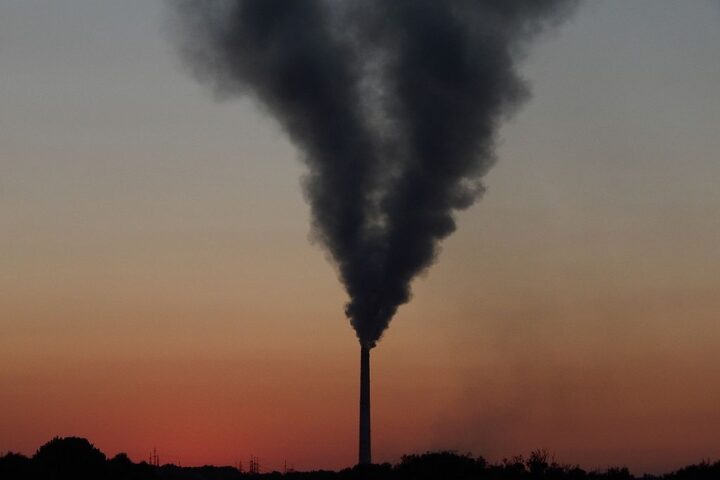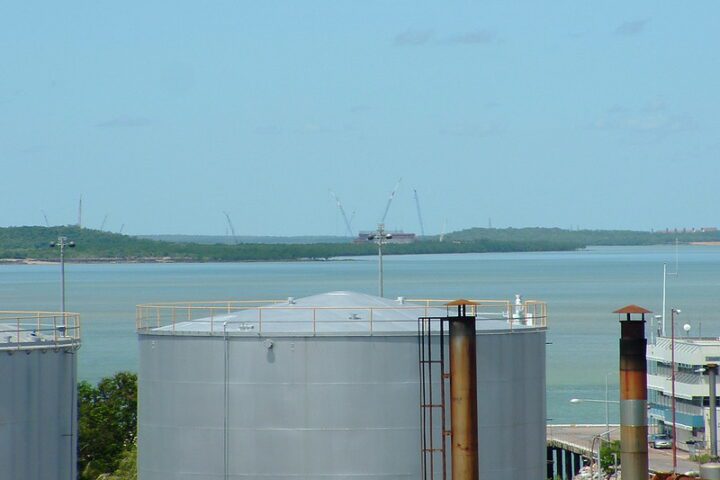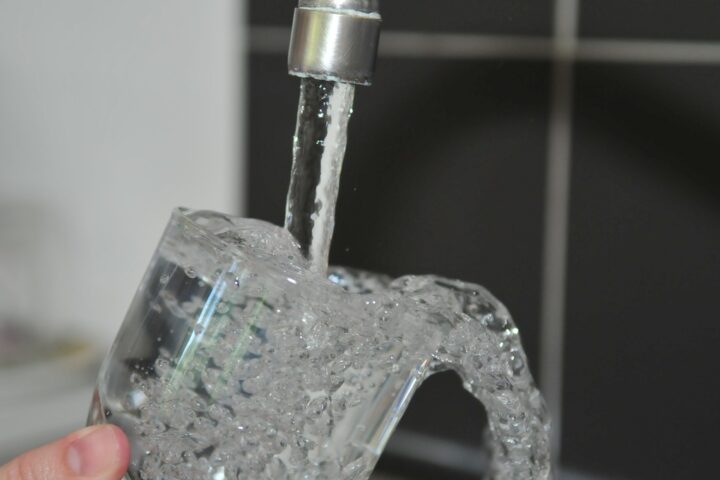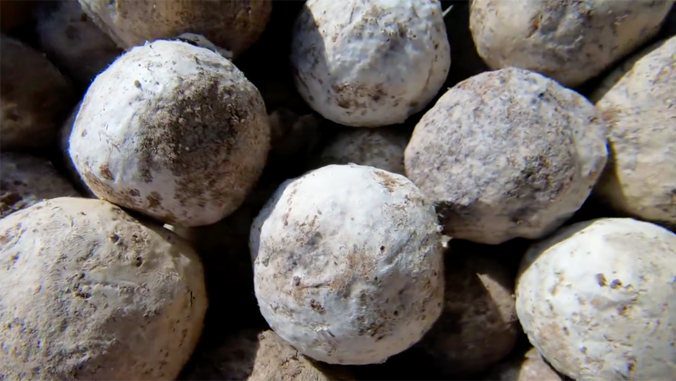Vermont’s waterways face invisible threats that two University of Vermont researchers are working to understand and solve. From tiny plastic fragments on Lake Champlain’s beaches to dangerous chemicals lurking in groundwater, these pollutants pose risks to both environment and human health.
Anne Jefferson, Lake Champlain Sea Grant Director, spends her days sifting through sand samples from beaches around the lake. Her team is conducting the first comprehensive, long-term study of microplastics in Lake Champlain. These tiny plastic pieces—smaller than a pencil eraser—have been found on every beach they’ve tested.
“We have this gap in knowledge about the extent of the microplastic pollution problem in Lake Champlain and where it’s coming from,” Jefferson explains. Her research has identified dock foam, manufacturing pellets, and fragments of larger plastics throughout the lake.
The work is painstaking. After collecting samples, researchers spend hours in the lab separating microplastics from sand using specialized techniques. They use spectroscopy—a method involving infrared light—to identify exactly what types of plastics are present.
What makes microplastics particularly concerning is their permanence. “There is no technology that can remove microplastics at scale from the environment,” Jefferson says. “Once they’re in the lake or on shorelines, they stay there,” breaking down into ever-smaller pieces.
The 2023 and 2024 floods have complicated matters by altering Lake Champlain’s nutrient composition. These floods increased nutrient loads that contribute to harmful cyanobacteria blooms, and floods carry debris, including plastics, into the lake
The pollution doesn’t just affect water quality—it creates potential health risks. Microplastics can absorb other environmental pollutants and be consumed by fish that people later eat. Jefferson’s team is sharing their findings with Vermont’s Department of Environmental Conservation to help inform future actions and management decisions.
Meanwhile, across campus, Matthew Scarborough tackles a different water pollution challenge. The Gund Fellow is using microbes—tiny organisms like bacteria—to break down dangerous chemicals called halogenated compounds in groundwater.
Similar Posts
“Whether most people realize it or not, they’ve heard about halogenated compounds—the ones that take a spotlight right now are PFAS chemicals,” Scarborough says. These substances, extremely difficult to break down, have been linked to cancer and other health problems.
Scarborough’s approach uses microbial communities to attack these stubborn chemicals. In a project funded by the National Science Foundation, he exposes contaminated groundwater and soil samples to different blends of microorganisms. The goal is to find combinations that break down the compounds more quickly than happens naturally.
His focus includes trichloroethylene (TCE) and perchloroethylene (PCE), chemicals that have contaminated over 100 sites across Vermont. These compounds are commonly found alongside PFAS in contaminated areas.
Both researchers involve students in their work, training the next generation of environmental scientists while addressing pressing water quality issues. Jefferson’s team has engaged with over 200 seventh graders in beach microplastics work, while Scarborough sees student training as “50% of the motivation” behind his research.
These UVM studies represent critical efforts to understand and address water pollution challenges facing Vermont. By tracking microplastics and developing microbial solutions for chemical contaminants, Jefferson and Scarborough are working to protect Vermont’s most valuable resource—its clean water.
